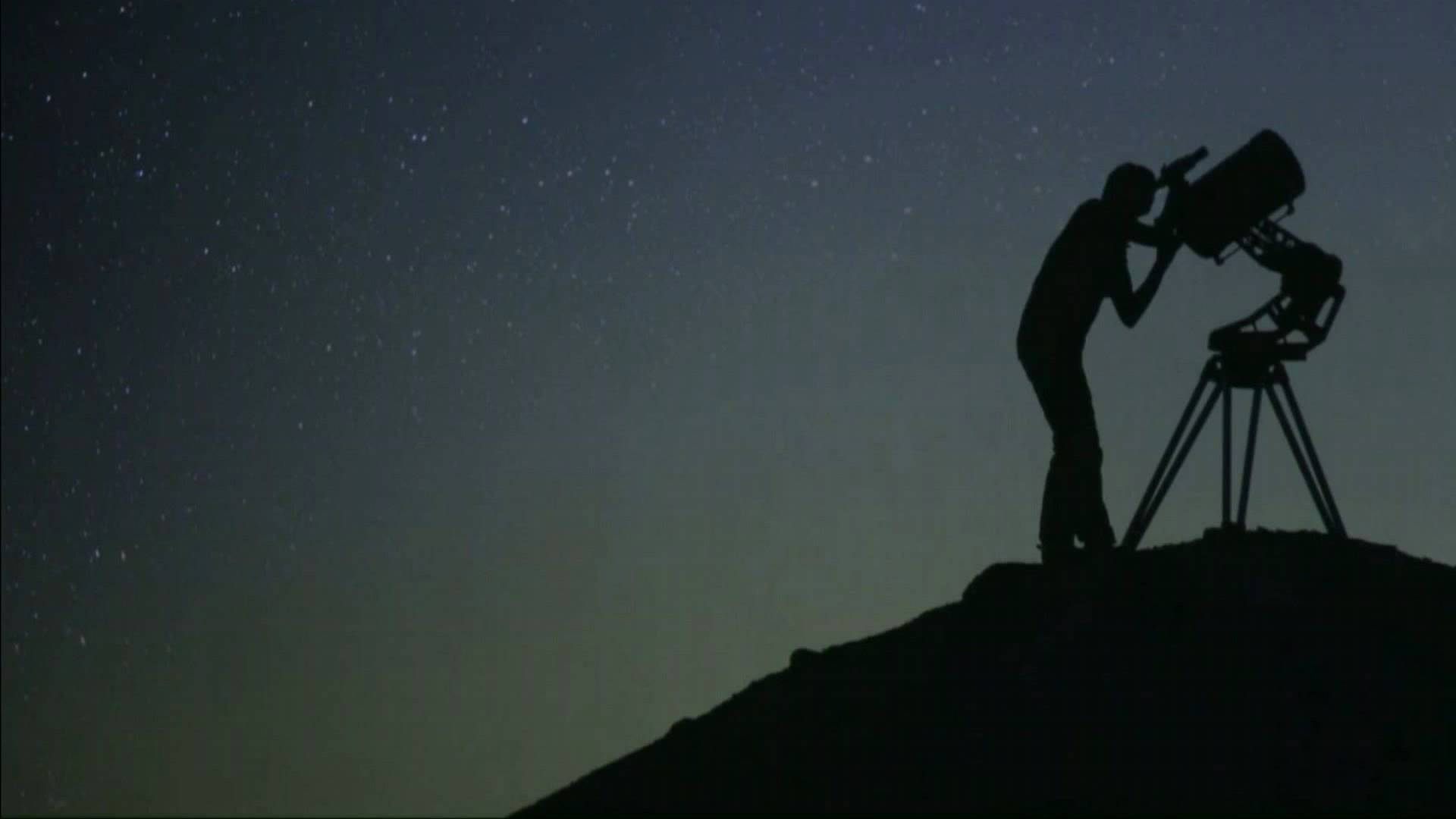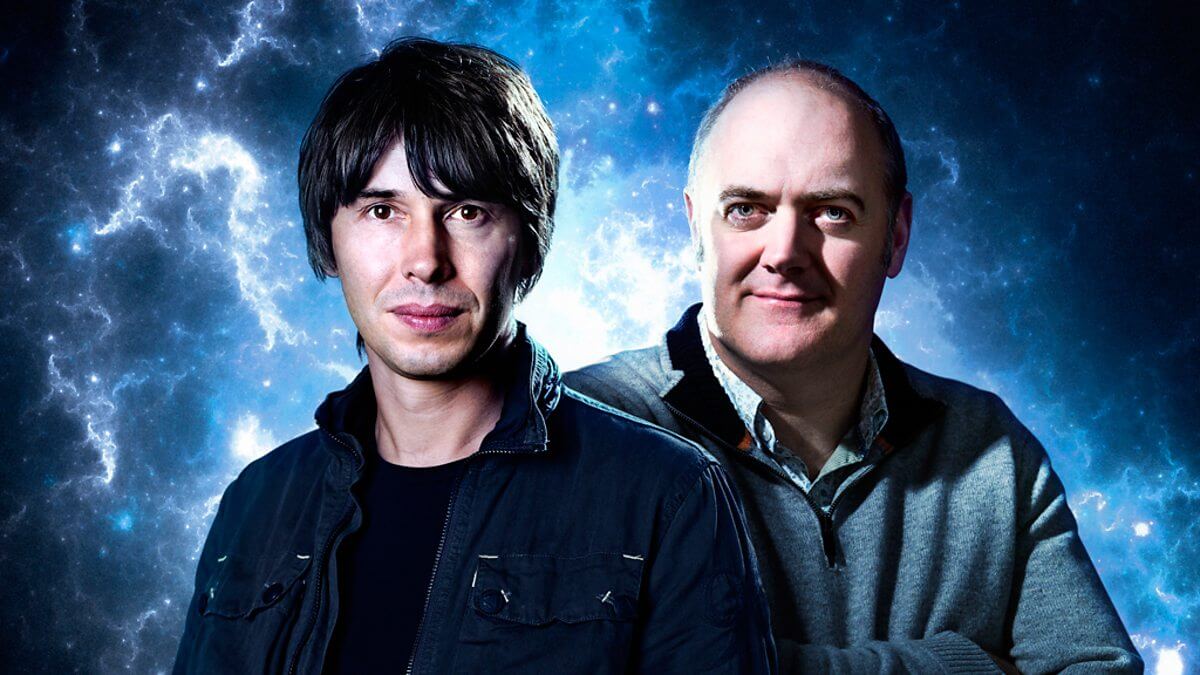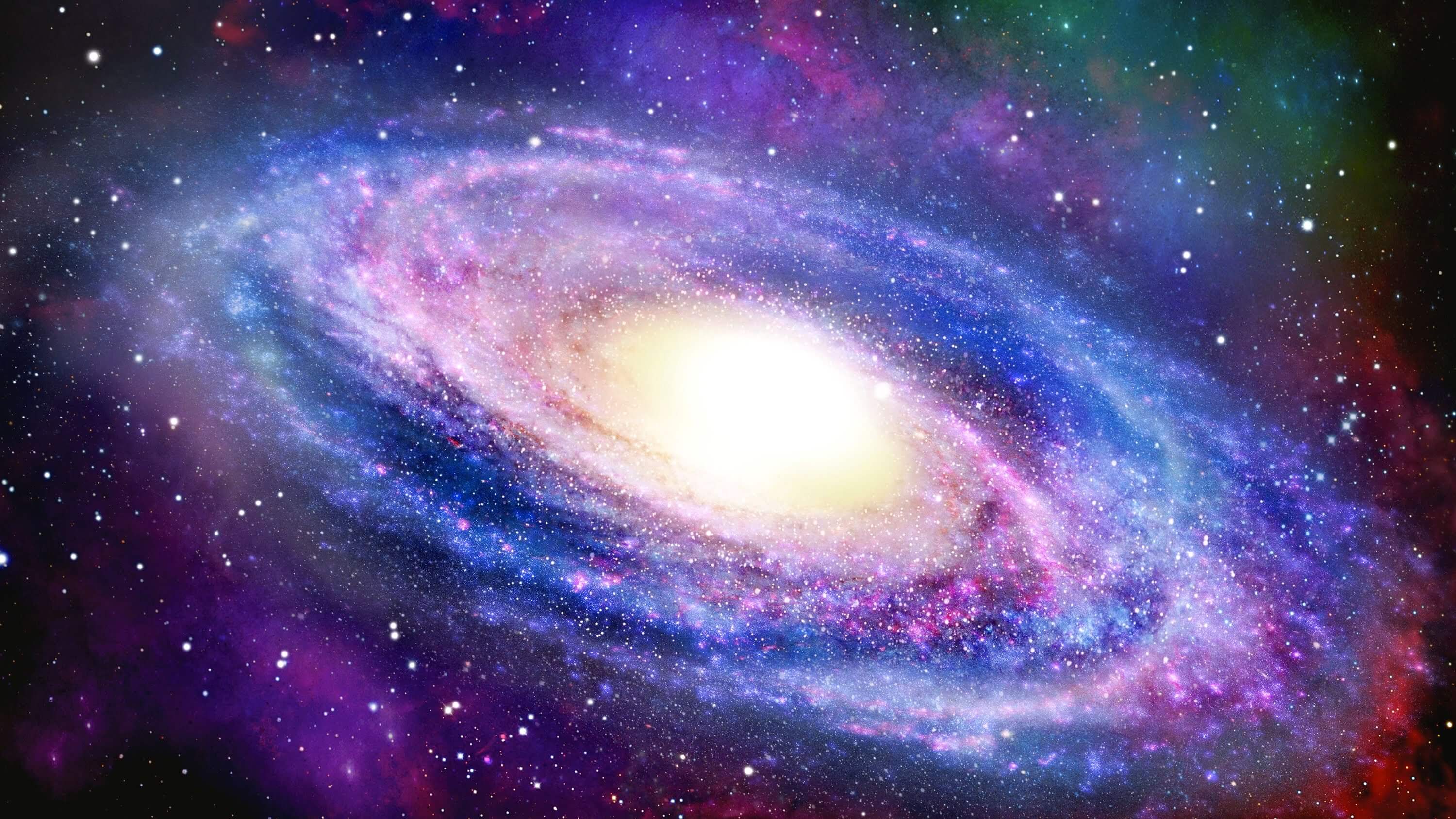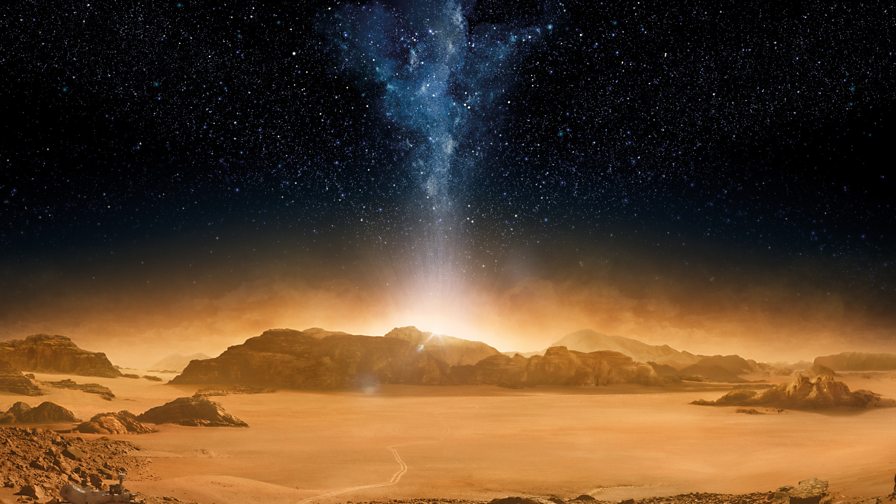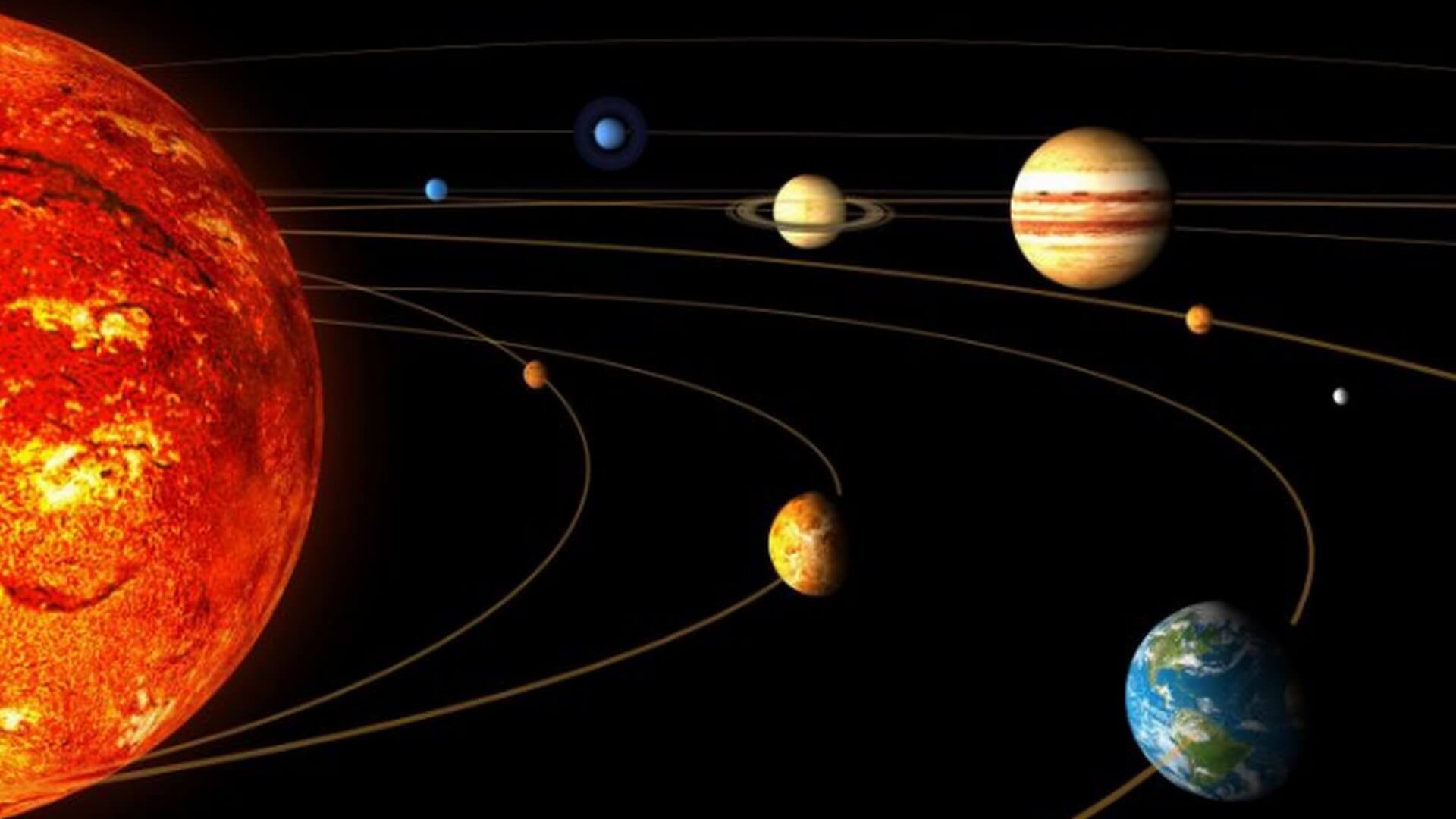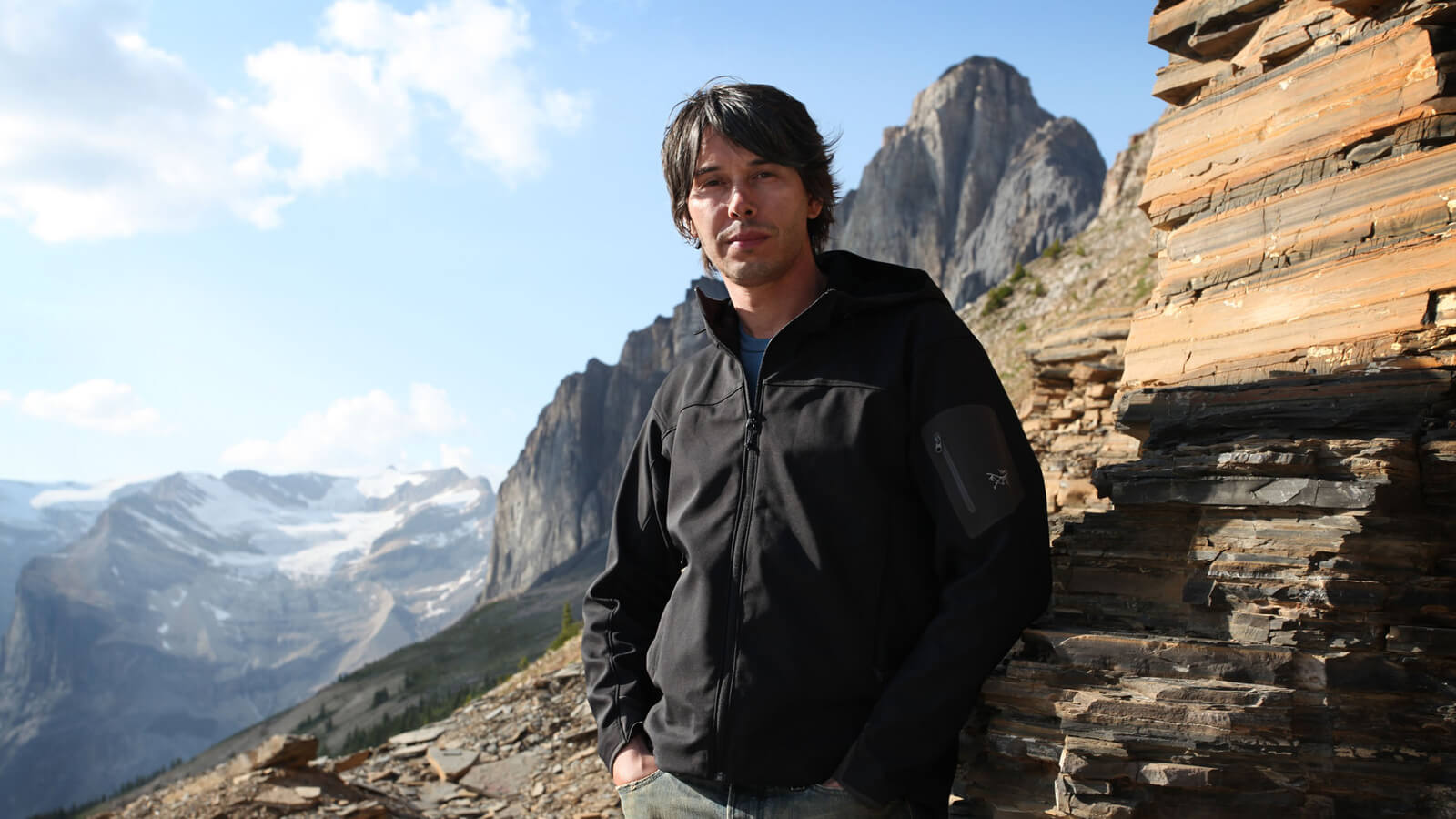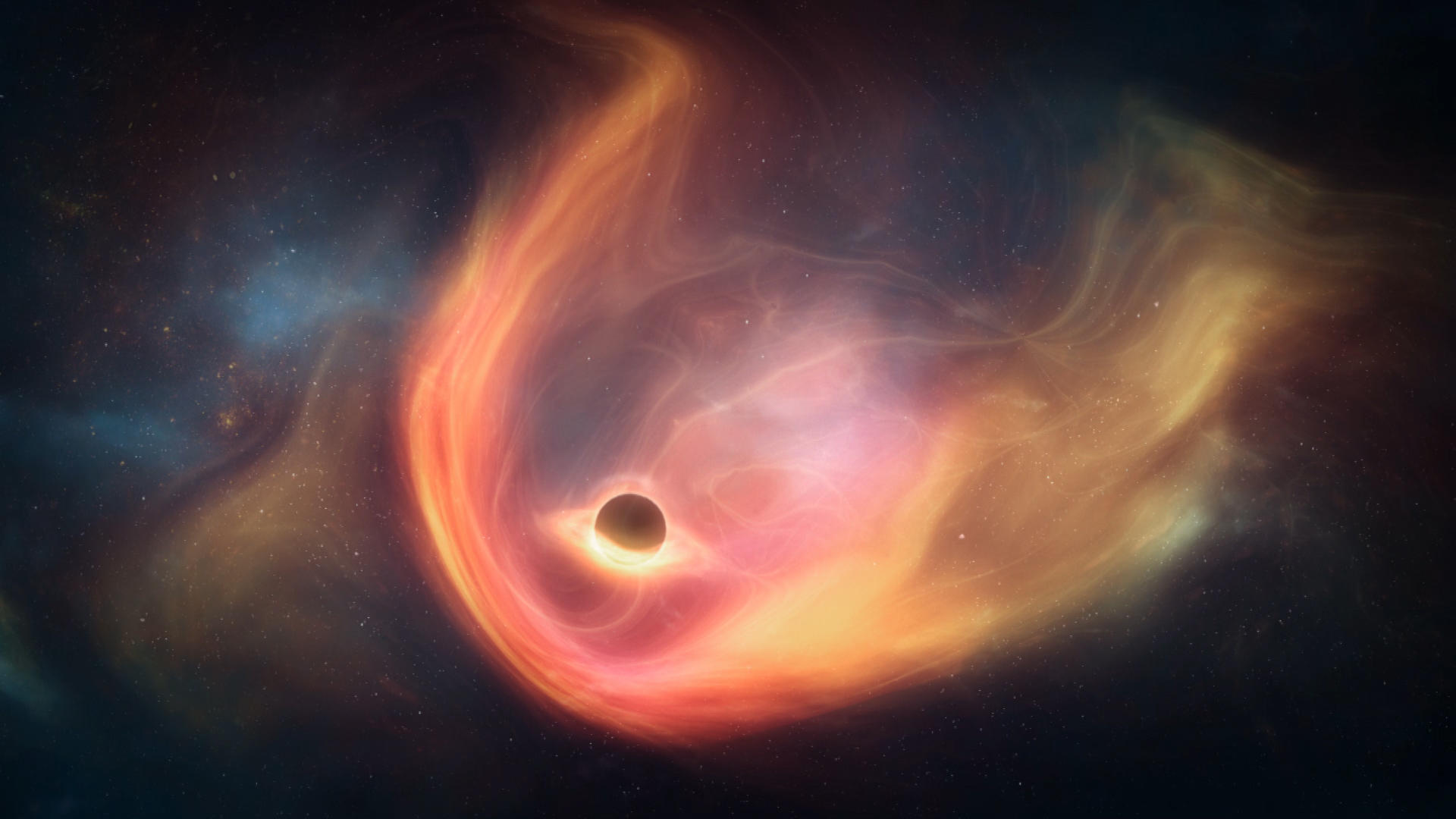description:
In this spellbinding series Professor Brian Cox visits the most extreme locations on Earth to explain how the laws of physics carved natural wonders across the solar system.
episodes:
Professor Brian Cox visits some of the most stunning locations on earth to describe how the laws of nature have carved natural wonders across the solar system.
In this first episode Brian explores the powerhouse of them all, the sun. In India he witnesses a total solar eclipse – when the link to the light and heat that sustains us is cut off for a few precious minutes.
But heat and light are not the only power of the sun over the solar system. In Norway, Brian watches the battle between the sun’s wind and earth, as the night sky glows with the northern lights.
Beyond earth, the solar wind continues, creating dazzling aurora on other planets. Brian makes contact with Voyager, a probe that has been travelling since its launch 30 years ago. Now 14 billion kilometres away, Voyager has just detected the solar wind is beginning to peter out. But even here we haven’t reached the end of the sun’s rule.
Brian explains how its greatest power, gravity, reaches out for hundreds of billions of kilometres, where the lightest gravitational touch encircles our solar system in a mysterious cloud of comets.
Brian reveals how beauty and order in earth’s cosmic backyard was formed from nothing more than a chaotic cloud of gas. Chasing tornados in Oklahoma, he explains how the same physics that creates these spinning storms shaped the young solar system. Out of this celestial maelstrom emerged the jewel in the crown, Brian’s second wonder – the magnificent rings of Saturn.
On an ice-choked lagoon in Iceland, he sees the nearest thing on earth to Saturn’s rings. Using the latest scientific imagery and breathtaking graphics, he explains how the intricate patterns round Saturn are shaped by the cluster of more than 60 moons surrounding the planet.
One of those moons makes a spectacular contribution to the rings and is the third wonder of the solar system. Brian describes the astonishing discovery of giant fountains of ice erupting from the surface of Enceladus, which soar thousands of kilometres into space.
Brian reveals how something as flimsy as an envelope of gas – an atmosphere – can create some of the most wondrous sights in the solar system. He takes a ride in an English Electric Lightning and flies 18 km up to the top of earth’s atmosphere, where he sees the darkness of space above and the thin blue line of our atmosphere below. In the Namib desert in south-west Africa, he tells the story of Mercury. This tiny planet was stripped naked of its early atmosphere and is fully exposed to the ferocity of space.
Against the stunning backdrop of the glaciers of Alaska, Brian reveals his fourth wonder: Saturn’s moon Titan, shrouded by a murky, thick atmosphere. He reveals that below the clouds lies a magical world. Titan is the only place beyond earth where we’ve found liquid pooling on the surface in vast lakes, as big as the Caspian Sea, but the lakes of Titan are filled with a mysterious liquid, and are quite unlike anything on earth.
The worlds that surround our planet are all made of rock, but there the similarity ends. Some have a beating geological heart, others are frozen in time. Brian travels to the tallest mountain on Earth, the volcano Mauna Kea on Hawaii, to show how something as basic as a planet’s size can make the difference between life and death. Even on the summit of this volcano, Brian would stand in the shade of the tallest mountain in the solar system, an extinct volcano on Mars called Olympus Mons, which rises up 27 km.
Yet the fifth wonder in the series isn’t on a planet at all. It’s on a tiny moon of Jupiter. The discoveries made on Io have been astonishing. This fragment of rock should be cold and dead, yet, with the volcanic landscape of eastern Ethiopia as a backdrop, Brian reveals why Io is home to extraordinary lakes of lava and giant volcanic plumes that erupt 500 km into the sky.
Brian descends to the bottom of the Pacific in a submarine to witness the extraordinary life forms that survive in the cold, black waters. All life on Earth needs water so the search for aliens in the solar system has followed the search for water.
Soaring above the dramatic Scablands of the United States, Brian discovers how the same landscape has been found on Mars. And it was all carved out in a geological heartbeat by a monumental flood.
Armed with a gas mask, Brian enters a cave in Mexico where bacteria breathe toxic gas and leak concentrated acid. Yet relatives of these creatures could be surviving in newly-discovered caves on Mars.
But Brian’s sixth wonder isn’t a planet at all. Jupiter’s moon Europa is a dazzling ball of ice etched with strange cracks. The patterns in the ice reveal that, far below, there is an ocean with more potentially life-giving water than all the oceans on Earth.
Of all the wonders of the solar system forged by the laws of nature, there is one that stands out. In the final episode of this series, Brian reveals the greatest wonder of them all.

